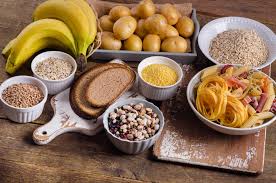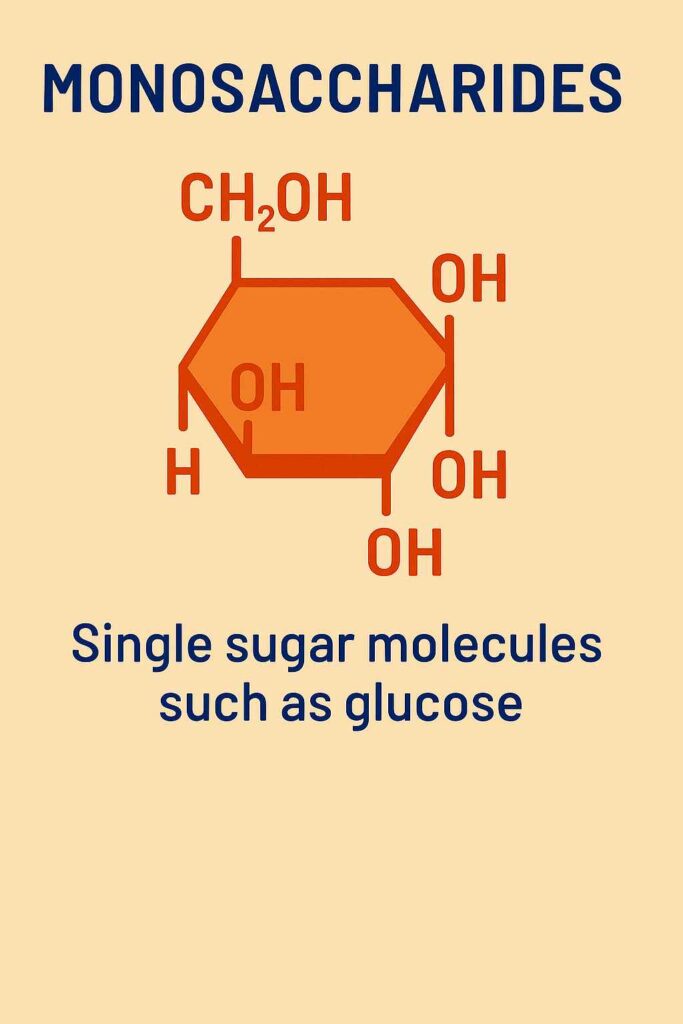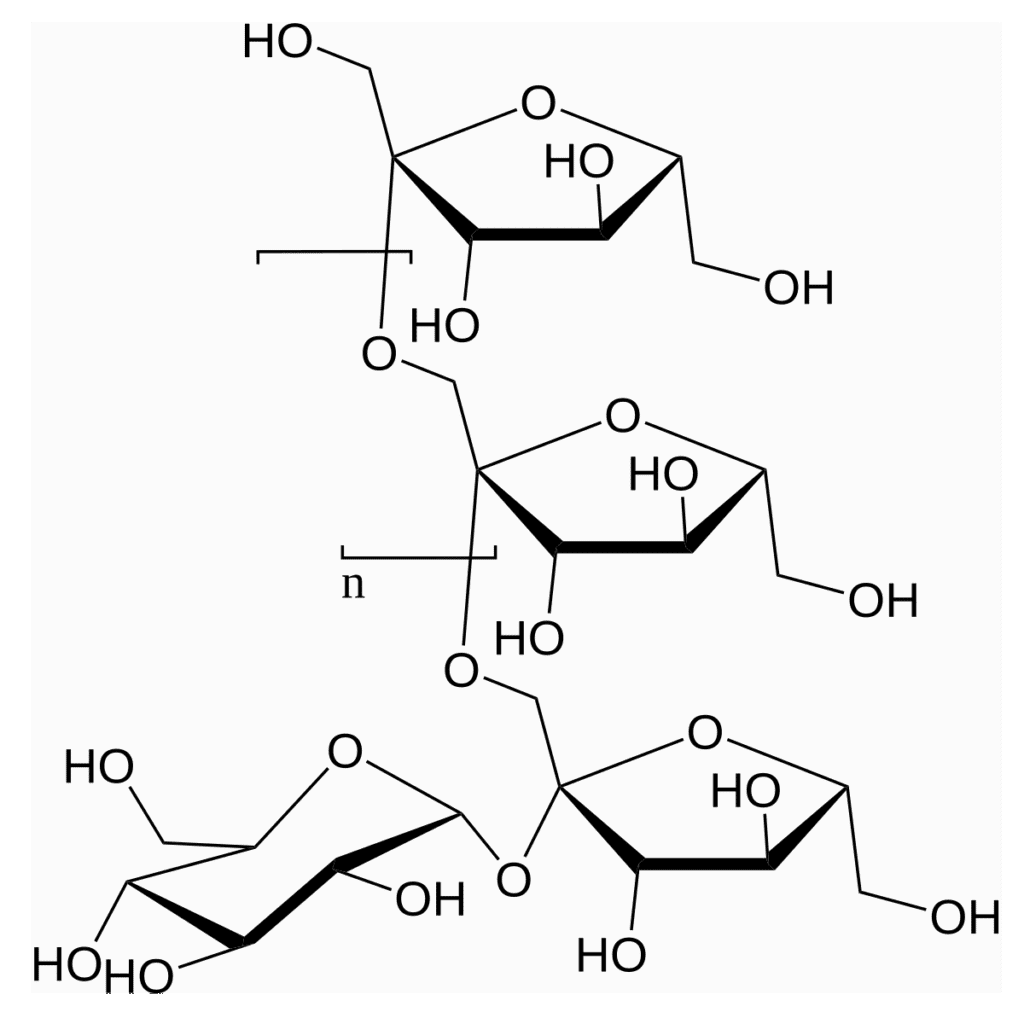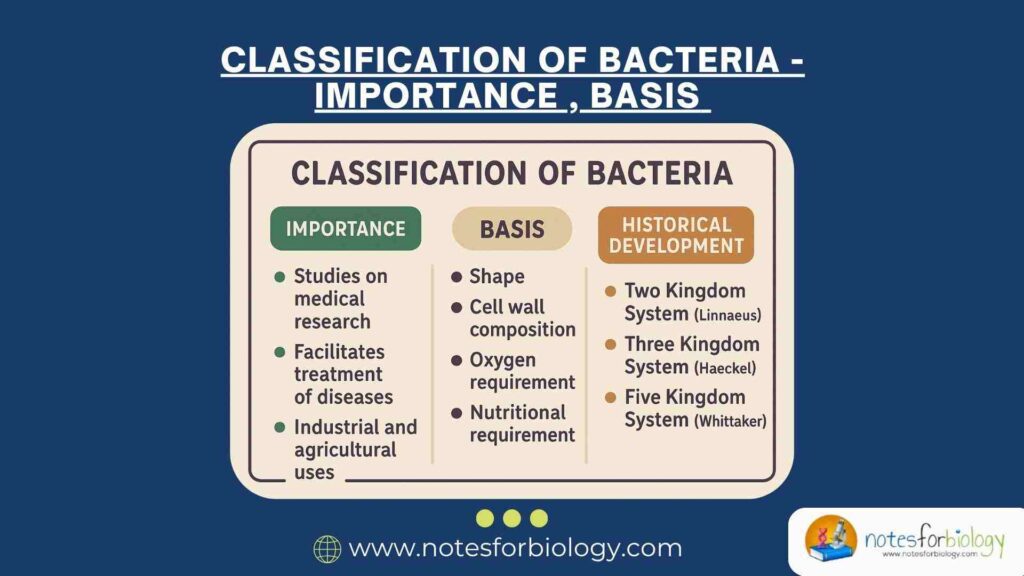Carbohydrates are among the most essential organic compounds found in nature, serving as fundamental building blocks of life. These versatile molecules play critical roles in energy metabolism, cellular structure, and biological signaling across all living organisms. This in-depth exploration will examine carbohydrate chemistry, their diverse classifications, structural complexity, and multifaceted biological functions to provide a thorough understanding of these vital nutrients.

1. What do you mean by Carbohydrates?
Carbohydrates represent one of the three primary macronutrients (alongside proteins and fats) that constitute the basis of human nutrition and biological processes. Chemically defined as polyhydroxy aldehydes or ketones, these compounds follow the general empirical formula (CH₂O)ₙ, where “n” typically ranges from 3 to 7 carbon atoms. This formula reflects their characteristic 2:1 ratio of hydrogen to oxygen atoms, mirroring water’s composition – hence the name “carbo-hydrate.”
These biomolecules are ubiquitous in nature, occurring in:
- Plant-based foods: Grains, fruits, vegetables, and legumes
- Animal sources: Milk (lactose) and glycogen in meat
- Processed products: Table sugar, syrups, and refined flour
Beyond nutrition, carbohydrates serve as:
- Structural components of plant cell walls (cellulose)
- Energy reservoirs in animals (glycogen)
- Molecular recognition markers on cell surfaces
Summary of Carbohydrates
- Carbohydrates are the body’s fuel, driving energy, metabolism, and cellular functions.
- They range from simple sugars to complex fibers, shaping digestion and health.
- Choosing nutrient-rich carbs ensures sustained energy and overall well-being.
Table of Contents
2. Detailed Classification of Carbohydrates
Carbohydrates are systematically categorized based on their molecular complexity into four hierarchical groups:
2.1 Monosaccharides: The Simplest Sugars

Monosaccharides are carbohydrate monomers that cannot be hydrolyzed into smaller units. They are further classified by:
A. Carbon Atom Count
- Trioses (3C): Glyceraldehyde (found in metabolic pathways)
- Pentoses (5C): Ribose (RNA backbone), Deoxyribose (DNA)
- Hexoses (6C): Glucose (blood sugar), Fructose (fruit sugar)
B. Functional Groups
- Aldoses (aldehyde group): Glucose, galactose
- Ketoses (ketone group): Fructose, ribulose
These simple sugars exhibit stereoisomerism, with D- and L-forms affecting their biological activity. Glucose’s cyclic formation (α and β anomers) is particularly significant in polysaccharide formation.
2.2 Disaccharides: Double Sugar Molecules
Formed through dehydration synthesis (glycosidic bond formation), common disaccharides include:
| Disaccharide | Components | Source |
|---|---|---|
| Sucrose | Glucose + Fructose | Table sugar |
| Lactose | Glucose + Galactose | Milk |
| Maltose | Glucose + Glucose | Malt products |
Lactose intolerance stems from insufficient lactase enzyme to break this bond.
2.3 Oligosaccharides: Short Sugar Chains

Containing 3-10 monosaccharide units, these include:
- Raffinose (galactose-glucose-fructose): Found in beans
- Stachyose: Abundant in legumes
- Cell surface oligosaccharides: Crucial for blood typing (ABO system)
2.4 Polysaccharides: Complex Carbohydrates
These macromolecules serve distinct functions based on structure:
A. Storage Polysaccharides
- Starch (plants): Amylose (linear) + amylopectin (branched)
- Glycogen (animals): Highly branched glucose polymer
B. Structural Polysaccharides
- Cellulose: β(1→4) linked glucose (indigestible fiber)
- Chitin: N-acetylglucosamine polymer (exoskeletons)
- Peptidoglycan: Bacterial cell wall component
3. Molecular Architecture of Carbohydrates
The three-dimensional configuration of carbohydrates determines their biological functionality:
3.1 Monosaccharide Structure
- Linear form: Aldehyde/ketone group reactive
- Cyclic form: Predominant in solution (pyranose/furanose)
- Anomers: α (OH down) vs β (OH up) configurations
3.2 Glycosidic Bonds
The covalent linkages between monosaccharides come in various orientations:
- α(1→4): Starch, glycogen
- β(1→4): Cellulose
- α(1→2): Sucrose
Bond type dictates digestibility – human enzymes cleave α-linkages but not β-linkages (explaining cellulose’s indigestibility).
3.3 Polysaccharide Conformation
- Helical structure: Amylose forms compact helices
- Branched architecture: Glycogen’s numerous ends allow rapid glucose release
- Parallel chains: Cellulose microfibrils gain tensile strength
4. Biological Roles of Carbohydrates
4.1 Energy Metabolism
- Immediate energy: Glucose yields 4 kcal/g via glycolysis
- ATP production: Complete oxidation generates 36-38 ATP molecules
- Ketone body prevention: Adequate carbs prevent protein catabolism
4.2 Specialized Functions
- Cell recognition: Glycoproteins determine blood types
- Gut health: Fiber promotes microbiome diversity
- Plant rigidity: Cellulose constitutes 50% of wood’s mass
4.3 Disease Connections
- Diabetes: Impaired glucose metabolism
- Lactose intolerance: Lactase deficiency
- Dental caries: Bacterial fermentation of sugars
5. Nutritional Considerations
Recommended Intake: 45-65% of daily calories
Quality Matters:
- Complex carbs: Whole grains, vegetables (slow digestion)
- Simple sugars: Limit added sugars to <10% of calories
Fiber Importance:
- Soluble fiber (25g/day): Lowers cholesterol
- Insoluble fiber: Promotes bowel regularity
6. Conclusion
Carbohydrates represent an extraordinarily diverse class of biomolecules that far surpass their basic role as energy sources. From the helical strands of starch to the rigid cellulose fibers supporting plant structures, these compounds demonstrate remarkable structural versatility. Their participation in cellular communication, immune responses, and genetic coding underscores their evolutionary significance. Modern nutritional science continues to reveal the nuanced relationships between carbohydrate quality, gut microbiota, and metabolic health, emphasizing the need for balanced, fiber-rich carbohydrate sources in human diets. Understanding carbohydrate biochemistry provides fundamental insights into fields ranging from nutrition to bioenergy production.
Frequently Asked Questions (FAQs)
Do Carbs linked to diabetes?
Yes, carbohydrates are linked to diabetes because they affect blood sugar levels. When you eat carbs, your body breaks them down into glucose, which raises blood sugar. Eating too many refined carbs (like white bread or sugary foods) can increase the risk of type 2 diabetes, especially in people with insulin resistance.
What’s the best carb for energy?
Complex carbs like oats, quinoa, and sweet potatoes release energy slowly. Athletes love them for endurance! Simple carbs (e.g., bananas) give quick energy pre-workout.
What is a carb rich superfood?
A carb-rich superfood is a food that is high in carbohydrates (especially complex carbs) and also packed with nutrients like fiber, vitamins, minerals, and antioxidants. These foods provide long-lasting energy and many health benefits.
Related Articles




